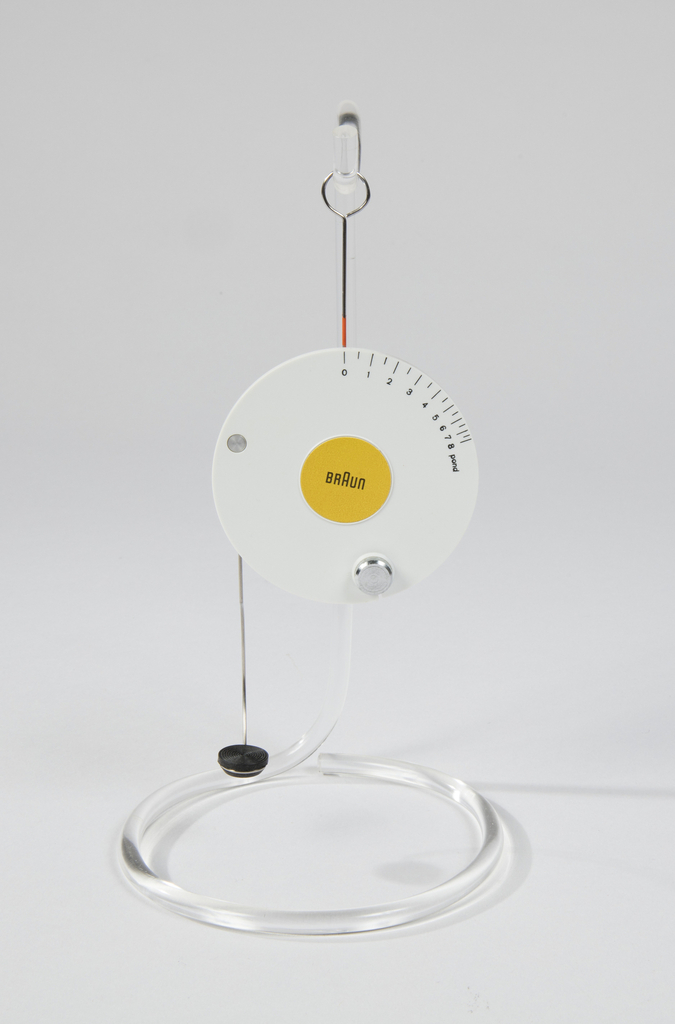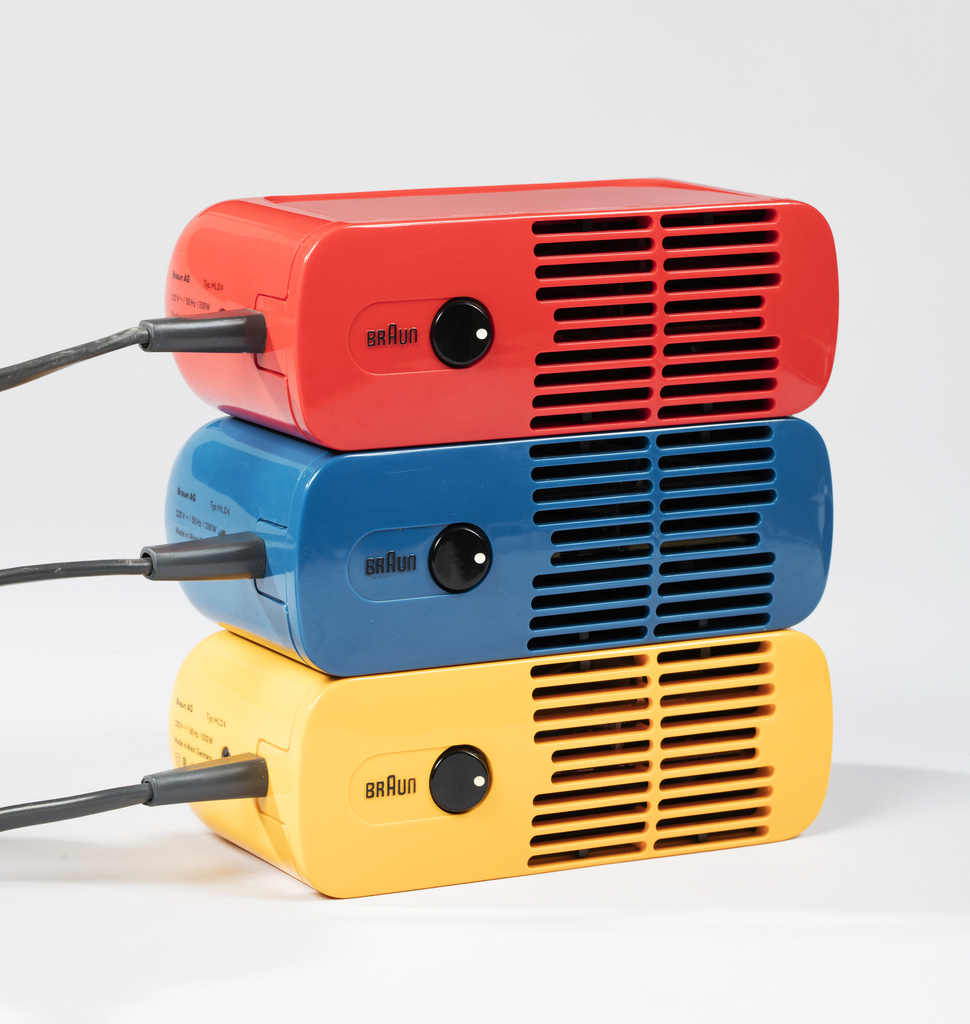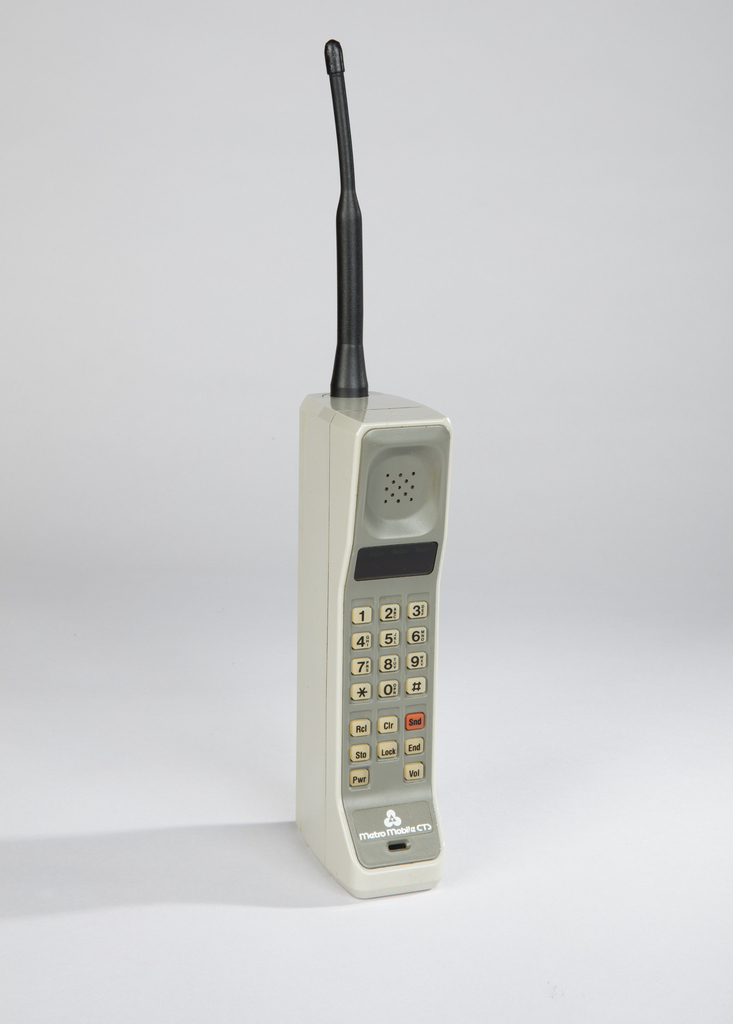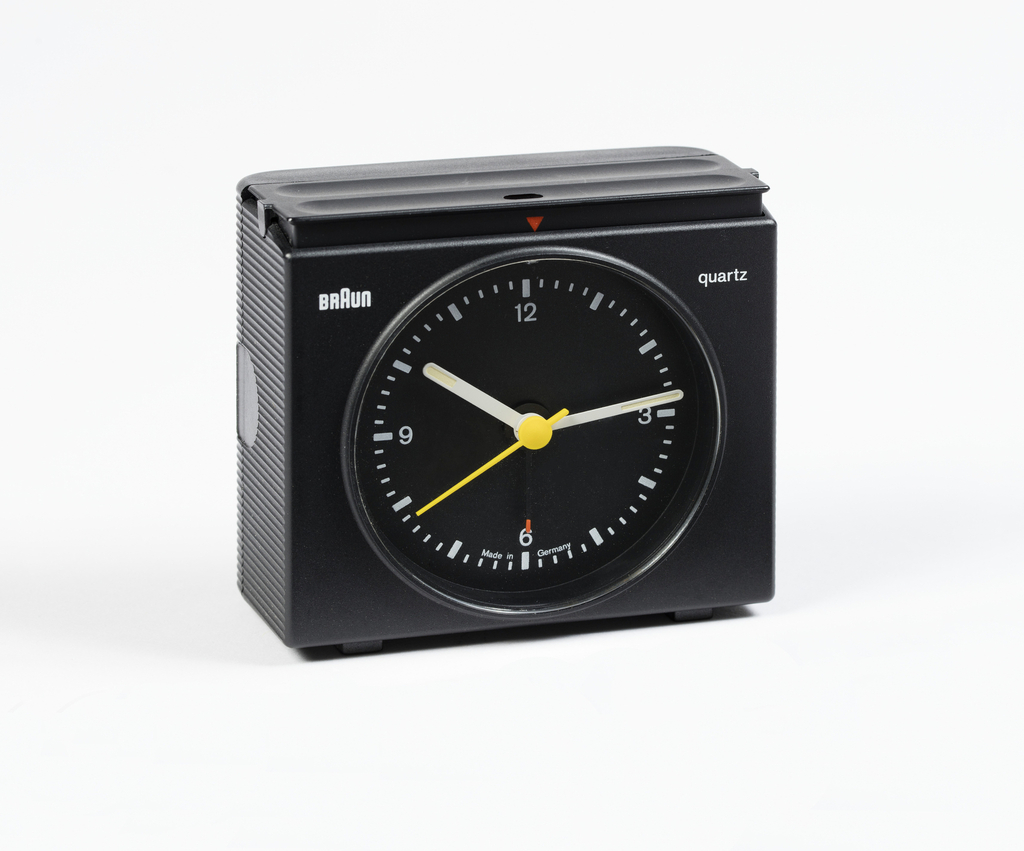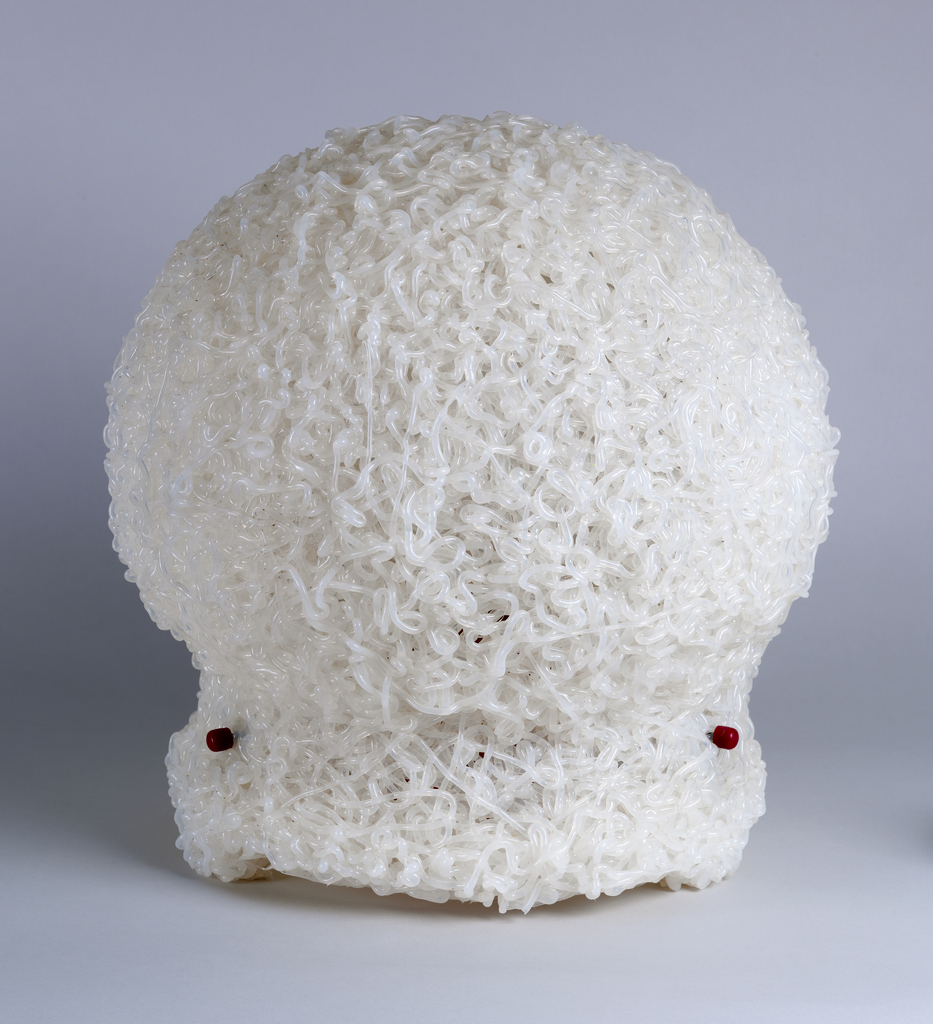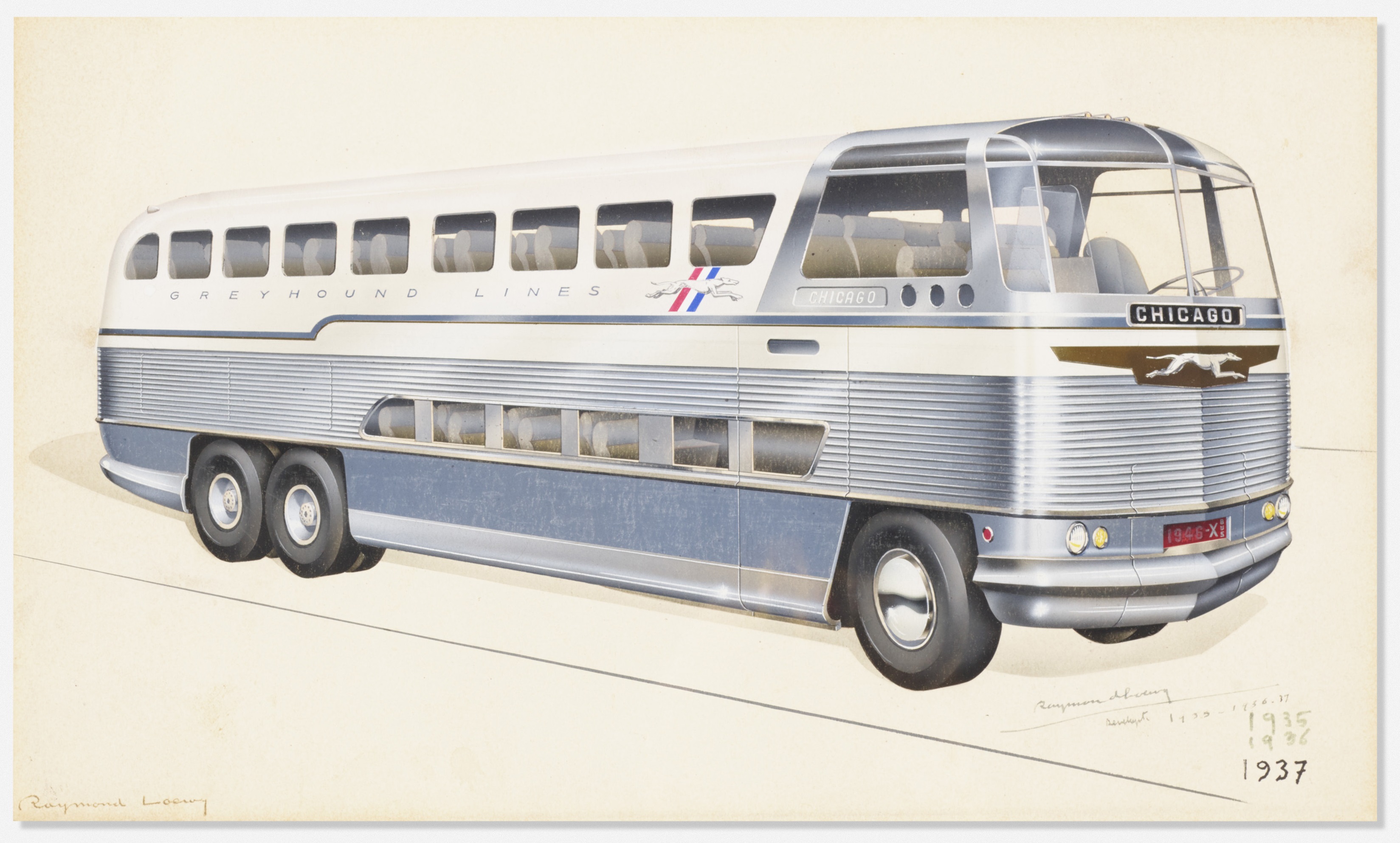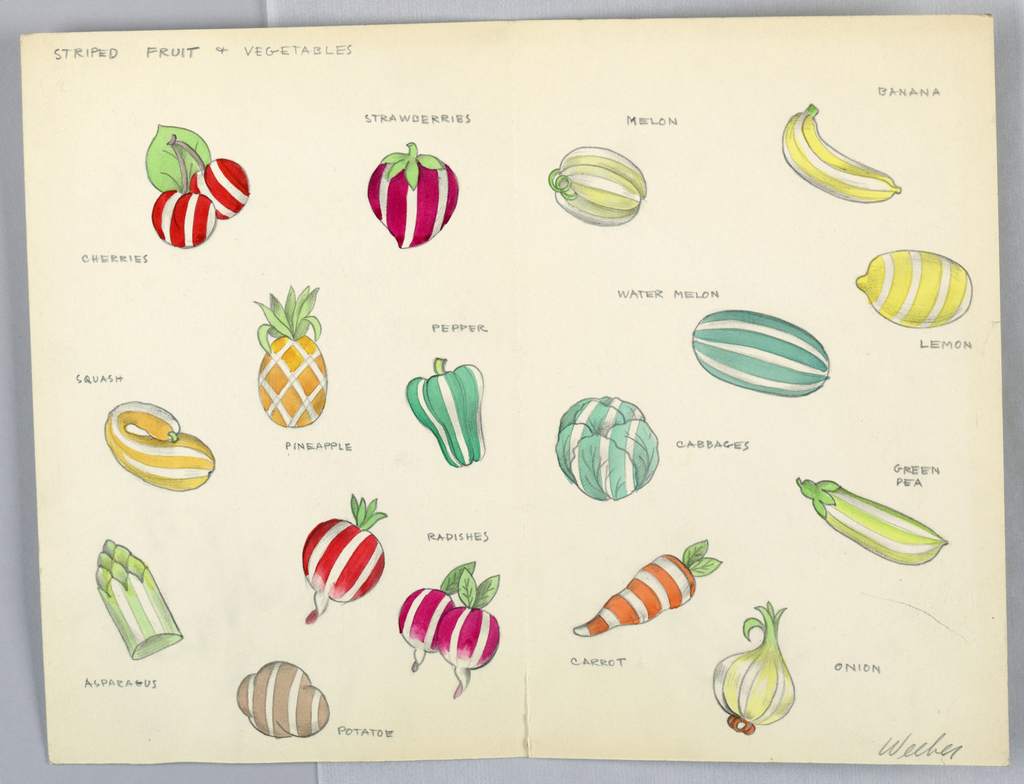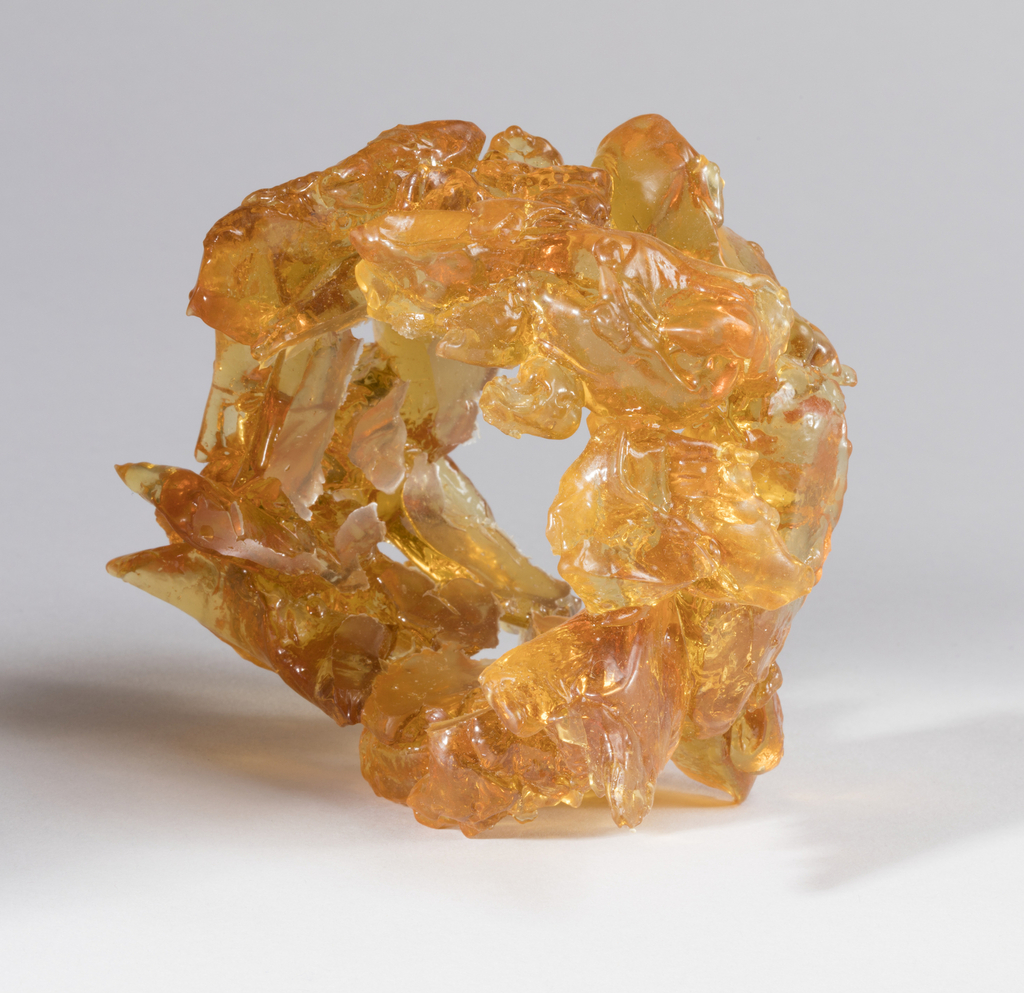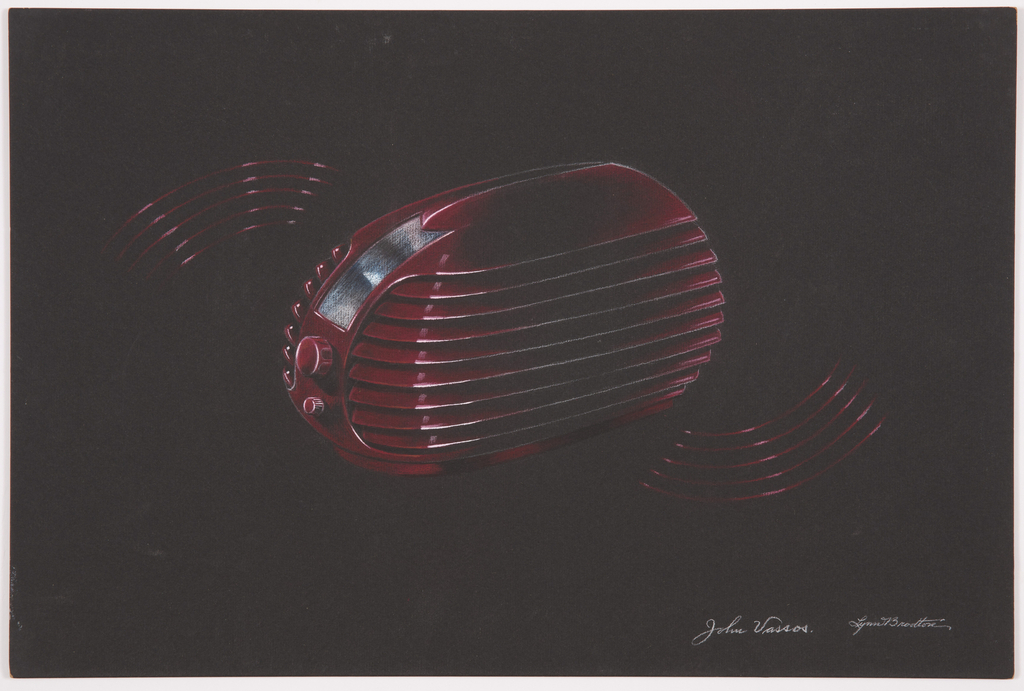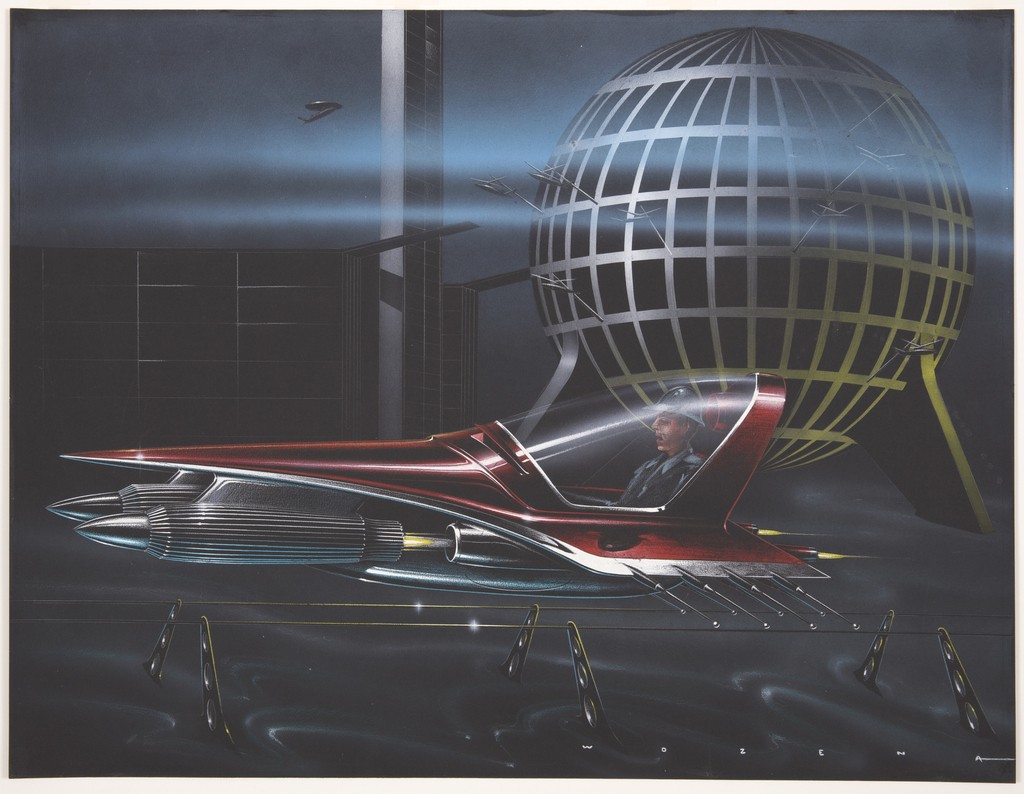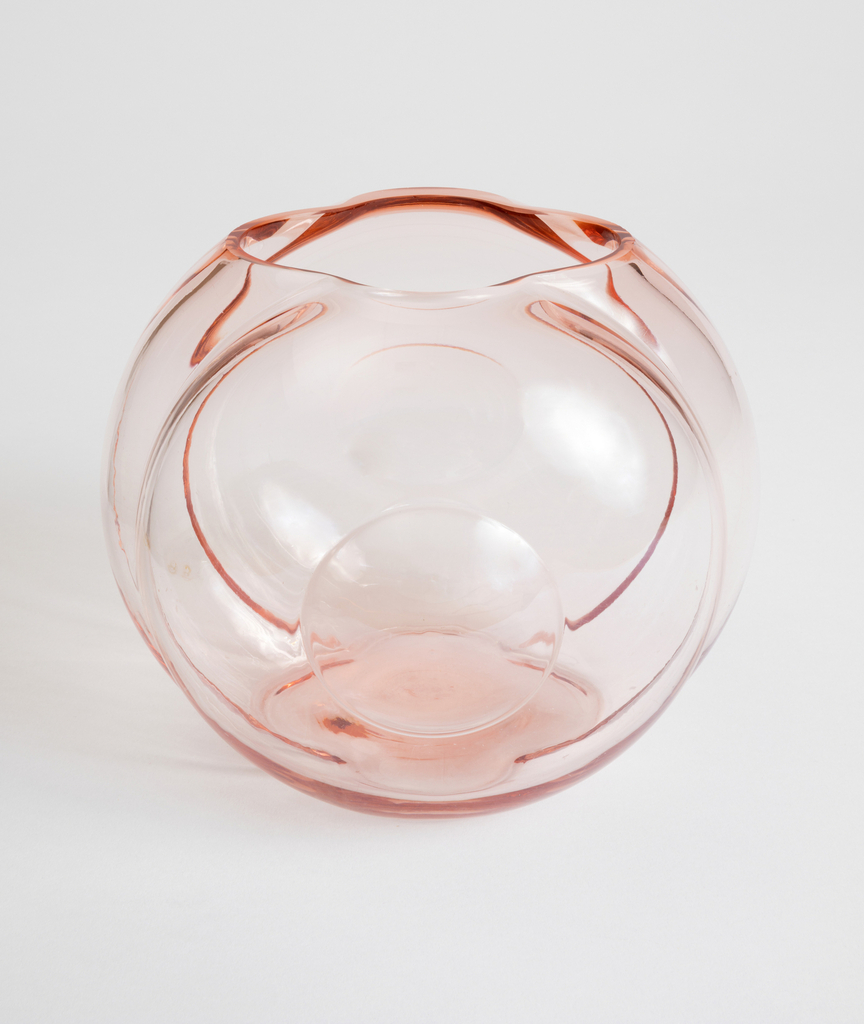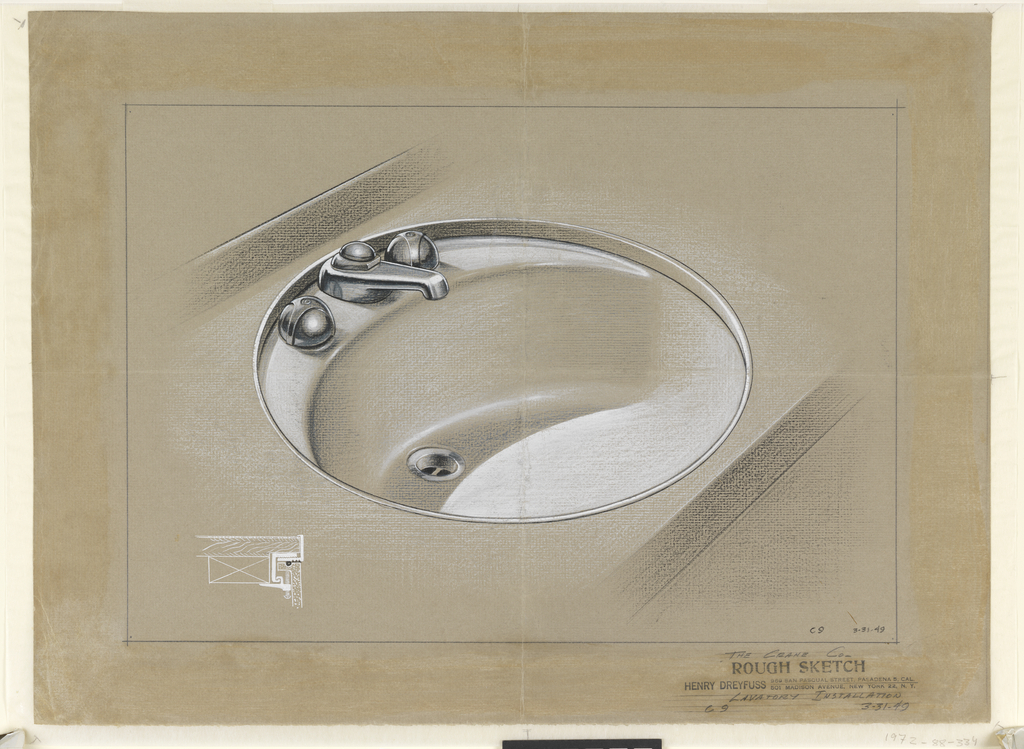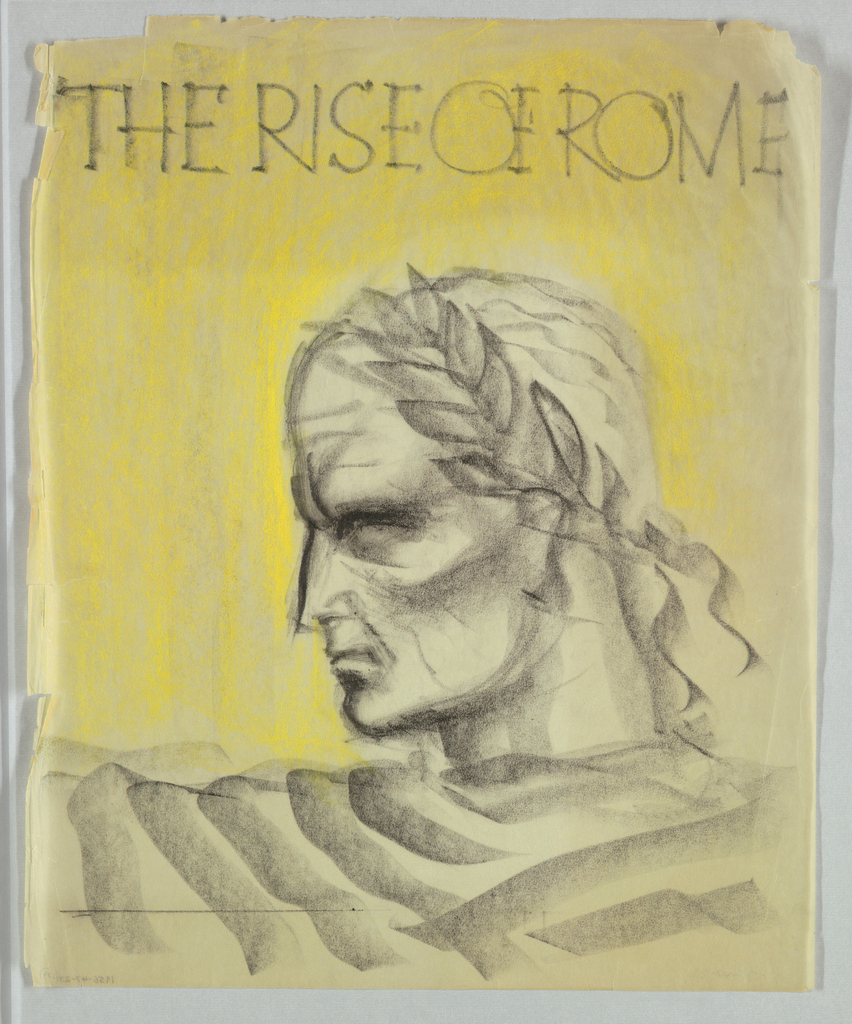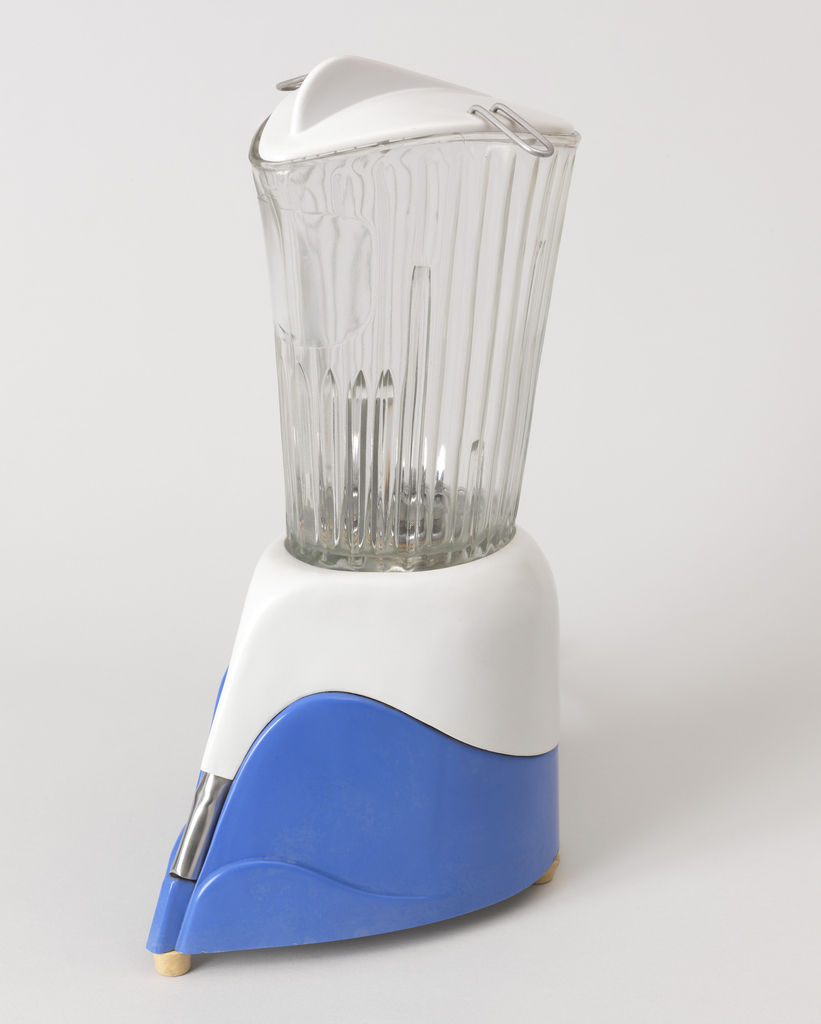As the head of design at Braun, a German consumer goods manufacturer, from 1961 to 1995, Dieter Rams created a myriad of products—from calculators to fans to watches–which are now considered hallmarks of 20th century industrial design. Many of these objects are currently on display in Bob Greenberg Selects at Cooper Hewitt until September 9, 2018....
These HLD 4 No. 4414 hair dryers announce a new design idiom for the hair dryer with their rounded rectangular shape and bold colors. On the hair dryer’s front face there is a bisected slotted grill. Two central rows of slits correspond to the placement of a black rocker switch, which is easily operated with...
We’ve come so far technologically that cell phones are now in museums. And in a museum is likely the only place most people will have seen this model – the world’s first commercially available handheld cellular phone. When it came out, it weighed 2.5 pounds, required ten hours for charging for 35 minutes of talk...
Dieter Rams, the co-designer of this alarm clock, said that good design should “omit the unimportant in order to emphasize the important.” This travel alarm clock embodies his philosophy and design aesthetic—one which became iconic for Braun in the 1970s. The clock features an economic use of color and Akzidenz Grotesk, an easy-to-read sans serif...
As I write this blog entry it is cold, and growing colder outside, and this lamp, which looks like it is covered with snow, caught my eye. On first sight it appears to be a snow globe, with the snow on the outside. This globular lamp, however, was designed in 1999 by noted Italian architect...
On July 9, 1947, Look magazine ran a feature article on the fastest growing form of transportation in America: intercity buses. “Bus travel, according to the sworn word of many highway fans,” the author wrote, “is the best way to make a sightseeing holiday trip.”[1] The post-war boom in bus travel was indebted, in part,...
From squash to cherries and peppers to pineapple, Marion Weeber’s button designs are as simple as they are charming. Her evocative shapes, bright colors, and whimsical stripe patterns unify this disparate array of fruits and vegetables, drawn in graphite and painted with watercolor. The buttons themselves were made of individually molded celluloid-a synthetic plastic. Cooper...
During the last decade, Gaetano Pesce, long known for his varied designs and sense of experimentation, turned his attention to the creation of jewelry. Throughout his career Pesce has used resin to create such diverse objects as furniture, vases and shoes. Experimenting further, Pesce sought to create jewelry with this highly adaptable medium. To date,...
Set against a black background, this drawing of a cherry-red radio demands attention. Its oblong form and stepped surface are echoed by curving red lines that float above and beneath the body. These may be details, intended to show highlights that would be reflected on the curved surface, but there is also something less literal...
From the Object of the Day archives, a blog post on the concept cars designed by Pete Wozena for General Motors.
Folding bicycles have existed in one form or another for over a hundred years – the first U.S. patent for a folding bike was issued in 1888. There has been a heightened interest in folding bicycles in the last thirty years, particularly as a means of addressing urban transportation issues. Folding bikes are easily stored...
In 1929, George Sakier was hired as a consultant for the well-established American glass manufacturer Fostoria, for whom he would work for the next fifty years. With a background as an art director of French Vogue, Harper’s Bazaar, and Modes and Manners magazines, Sakier’s commercial savvy as well as his eye for trends served him...
The 1940s after World War II (1939-1945) marked a phase of industrial design that centered on the consumer. Coined by prolific industrial designer Henry Dreyfuss (1904-1972) as the “Decisive decade”, manufacturers began acquiring prestige by redesigning products that met the needs of a changing society.[1] Populations had grown extensively from incoming immigrants; housing for returning...
Contemporary critics generally considered Gustav Jensen’s stylish illustrations and overall design for “The Rise of Rome” to be the highlight of the 1932 publication. The book, a simplified history of Rome’s transition from Republic to the Imperial rule of the Caesars, was written for a high-school audience by Gordon Congdon King. Reviews frequently complimented Jensen’s contributions, noting the pleasing “aesthetic experimentation” in format,...
By 1942 the streamlined modern designs of Walter Dorwin Teague, Norman Bel Geddes and Henry Dreyfuss were becoming familiar to the American public. Those people who attended the World’s Fairs throughout the 1930s were witnesses to the marvels exploding on the consumer front, affecting everything from cars to home appliances. Blenders were originally introduced in...
